INTERVENTION
Instruction
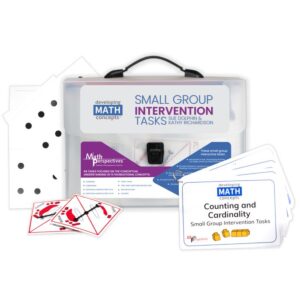 Math Perspectives Intervention Small Group Tasks
Math Perspectives Intervention Small Group Tasks
by Sue Dolphin and Kathy Richardson
Math Perspectives Small Group Intervention Tasks provide instruction that targets students in Kindergarten through fifth grade who need additional support. These sixty-four small group tasks are designed so they can be used by teachers, interventionists, and paraprofessionals. There are eight sets of tasks that are based on the following foundational concepts:
1 Counting & Cardinality
2 Comparing
3 Addition and Subtraction to 10
4 Addition and Subtraction to 20
5 Place Value
6 2-Digit Addition and Subtraction
7 Multiplication
8 Division.
The intervention support tasks are organized by concepts rather than by grade level. The hands-on activities are aligned to the Developing Concepts books 1-3 by Kathy Richardson. These small group intervention tasks may be used regardless of what math curriculum is being used in the classroom.
Each task card provides streamlined directions, content support, questions to guide student thinking, and ways to engage a range of student needs. The activities are designed to provide students with opportunities to make sense of number relationships and the structure of numbers.
Each Self-contained Kit Includes:
✔ Engaging, hands-on tasks that provide targeted instruction and practice for TK/K-5 students who need additional support.
✔ Game boards, spinners, dice, and cards to support interactive learning.
✔ Streamlined task cards with clear directions, guiding questions, and prompts to engage student thinking.
✔ Models and interactive activities that help students make sense of number relationships and numerical structures.
Provided in the kit are game boards, spinners and dice, directions, questions to engage students in thinking, and ways to meet a range of student needs. They are packaged in a compact, sturdy carrying case with eight self-contained zippered bags, making it easy to organize and transport.
Not included are simple materials found in most classrooms such as Unifix Cubes, whiteboards, paper, etc.
Math Perspectives Independent Tasks
by Kathy Richardson
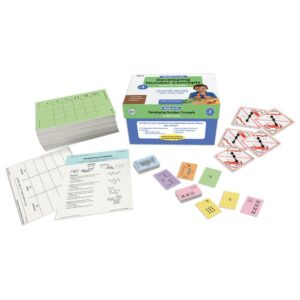
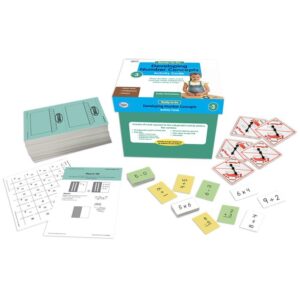


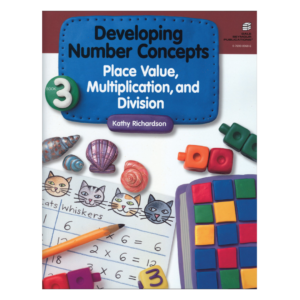

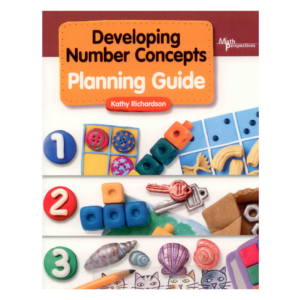
Assessment
Making Sure Children Are Learning the Mathematics They Need to Know
Assessing Math Concepts (AMC)
by Kathy Richardson
Assessing Math Concepts (AMC) is a continuum of assessments that focus on important core concepts and related “Critical Learning Phases” that must be in please I children are to understand and be successful in mathematics. This assessment series is based on the premise that teachers will be able to provide more effective instruction and ensure maximum learning for each of their students when they are aware of the essential steps that children move through as they develop an understanding of foundational mathematical ideas. Students’ progress confidently when teachers provide appropriately challenging learning experiences for individuals and classroom groups. The data gathered and organized using the AMC tools provides teachers with the information that is needed to determine precisely what children need to learn.
What young children know and understand can never be fully determined through paper and pencil tasks. Teachers can get much more complete and useful information if they watch and interact with the children while they are doing mathematical tasks. How the children respond indicates what Critical Learning Phase they have reached and reveals their level of understanding. Indicators that describe the range of responses and identify children’s instructional needs are explained in detail for each assessment.
There are nine assessments in the continuum. They are:
- Counting Objects
- Changing Numbers
- More/Less Trains
- Number Arrangements
- Combination Trains
- Hiding Assessment
- Ten Frames
- Grouping Tens
- Two Digit Addition and SubtractionThe AMC assessments pinpoint what a child knows and still needs to learn. Along with professional development, AMC helps deepen teachers’ understanding of the mathematics they teach.
